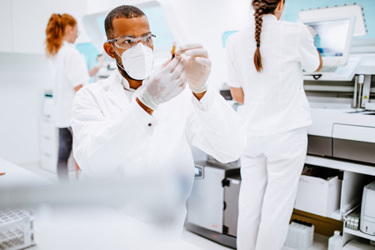Current Trends And The Future Of Raw Materials Characterization In Bioprocessing

Cell culture media have evolved over the years—from formulations containing animal- or plant-derived components to chemically defined (CD) formulations that help ensure reduced variability in raw materials and support crucial industrial biopharmaceutical processes. Media formulations have also become more complex. While classical cell culture media contain approximately 25−30 components, typical media today contain 50−75 components, with complex formulations reaching upwards of 100 [1]. These formulations have also become more application-specific—incorporating macromolecules, vitamins, fatty acids, lipids, and non-nutritional components to help improve and optimize cell viability and growth as well as protein quality and process productivity.
With a focus on specialized, complex media it has never been more important to understand and characterize the raw materials used in your formulations and your processes. Advanced analytical tools are allowing for improved raw materials characterization, enabling scientists to gain a better understanding of what is driving their processes. This can help reduce batch-to-batch variability while improving overall workflow. Find out more about the current trends shaping the future of raw materials characterization in bioprocessing, and how you can take advantage of them.
Get unlimited access to:
Enter your credentials below to log in. Not yet a member of Bioprocess Online? Subscribe today.
